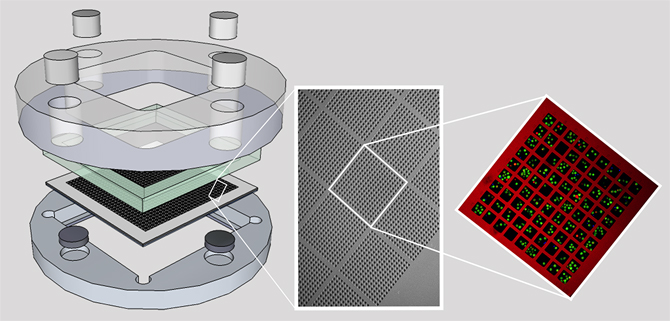Methods could improve cell therapy in cancer treatment
Cell therapy
Cell therapy is emerging as a promising cancer treatment of last resort. KTH researcher Björn Önfelt and his team in SciLifeLab are working to identify and strengthen cells that can counter the disease.

“We are developing methods so that, on a single-cell level, we can study how immune cells interact with other cells to predict the outcome of stem cell transplantation, and develop cells that could be used to kill tumours in cell therapy,” says Önfelt, whose research just received SEK 32 million (EUR 3.5 million) over five years from the Swedish Foundation for Strategic Research, in the field of medical technology.
“It feels great,” Önfelt says. “The grant will enable us to increase the pace of research, further develop cooperation with other disciplines and invest in new equipment.”
The work is delicate and is based on the team's earlier development of new methods for studying at the single-cell level.

“This can make it easier to find a good match between donors and patients,” he says. “We hope to develop methods to enable more people to be treated with stem cell transplants and cell therapy in the long term, Önfelt says.
The team includes eight people, and one of the prerequisites for progress in the research is to collaborate across disciplinary boundaries with both doctors and clinical work researchers.
“Multidisciplinary work is necessary,” he says. The team is tied to a dozen research groups in Stockholm, Sweden and internationally.
“During the next five years we hope to continue developing methods and research that could lead to safer and more effective cell therapy treatment. If any of what we do may develop into methods used routinely in the clinic, it would be brilliant,” he says.
Jill Klackenberg